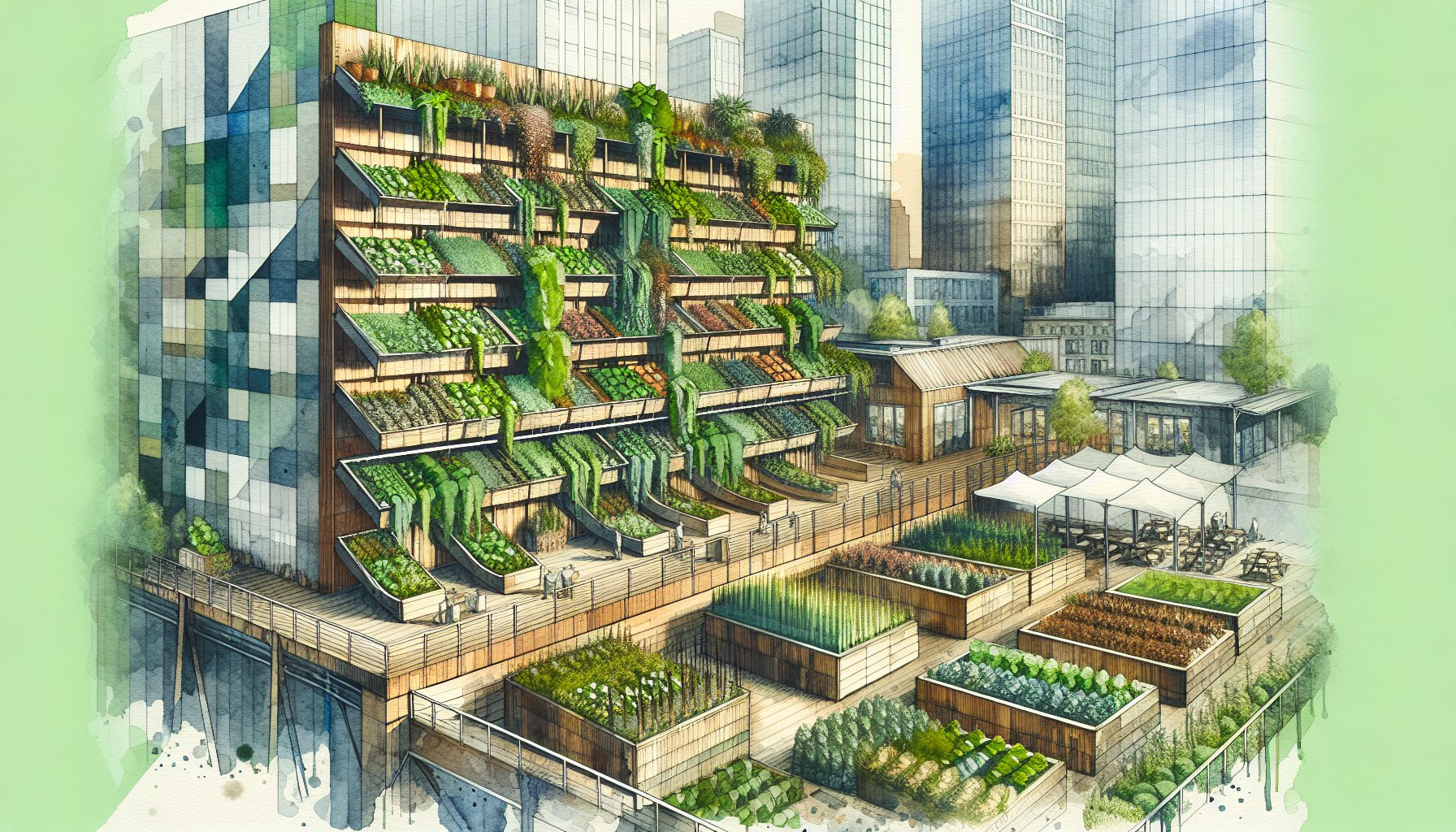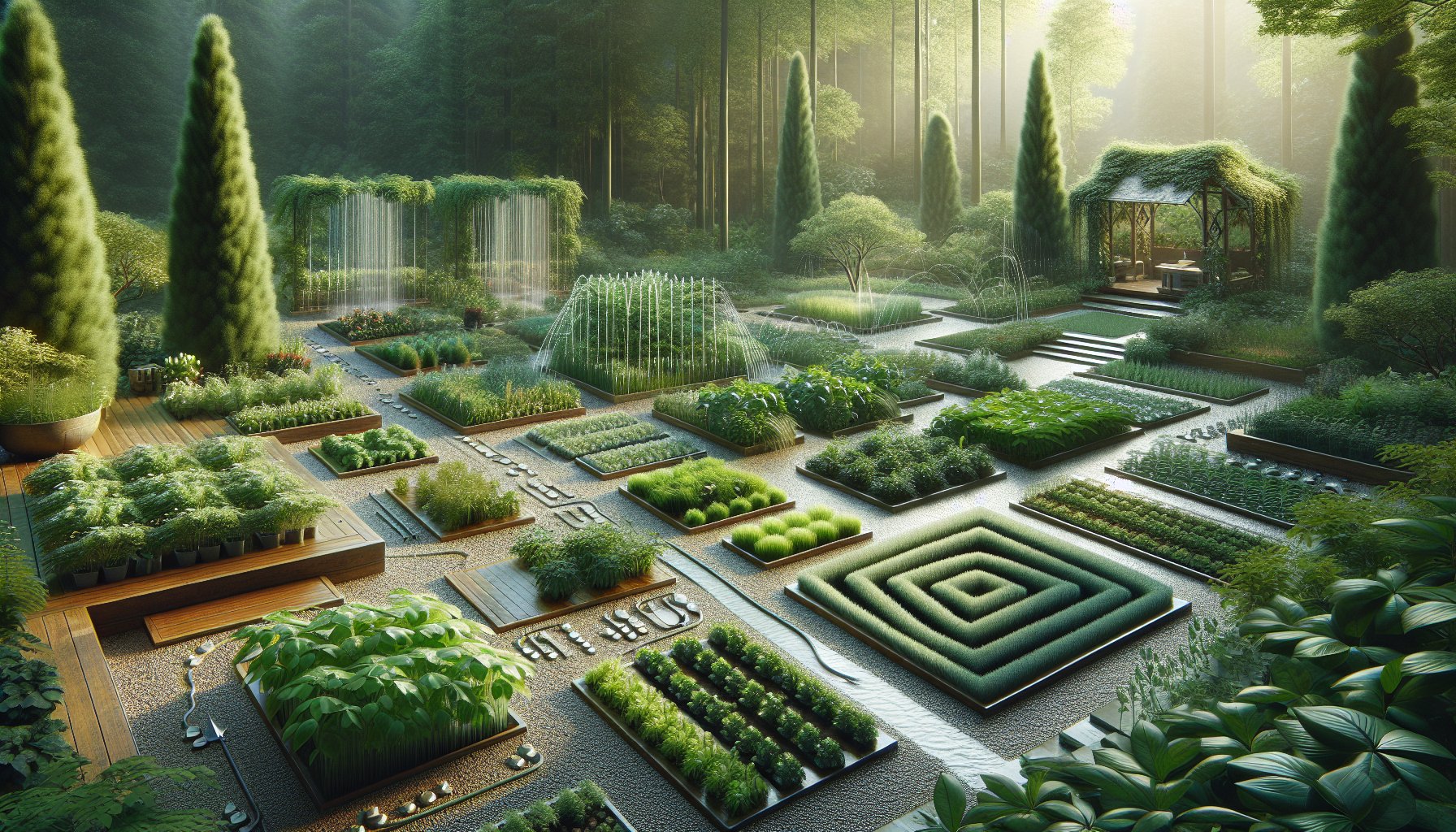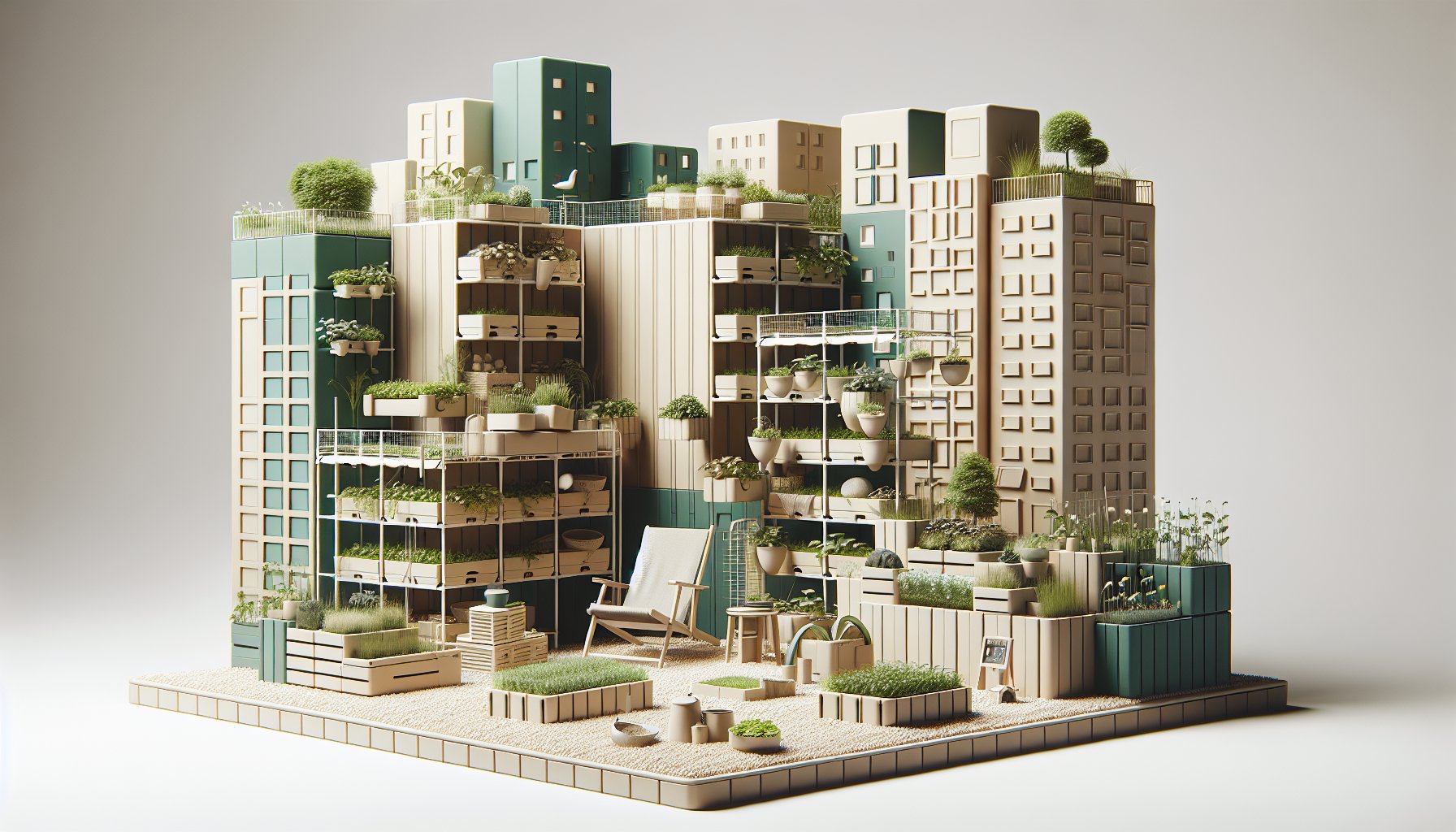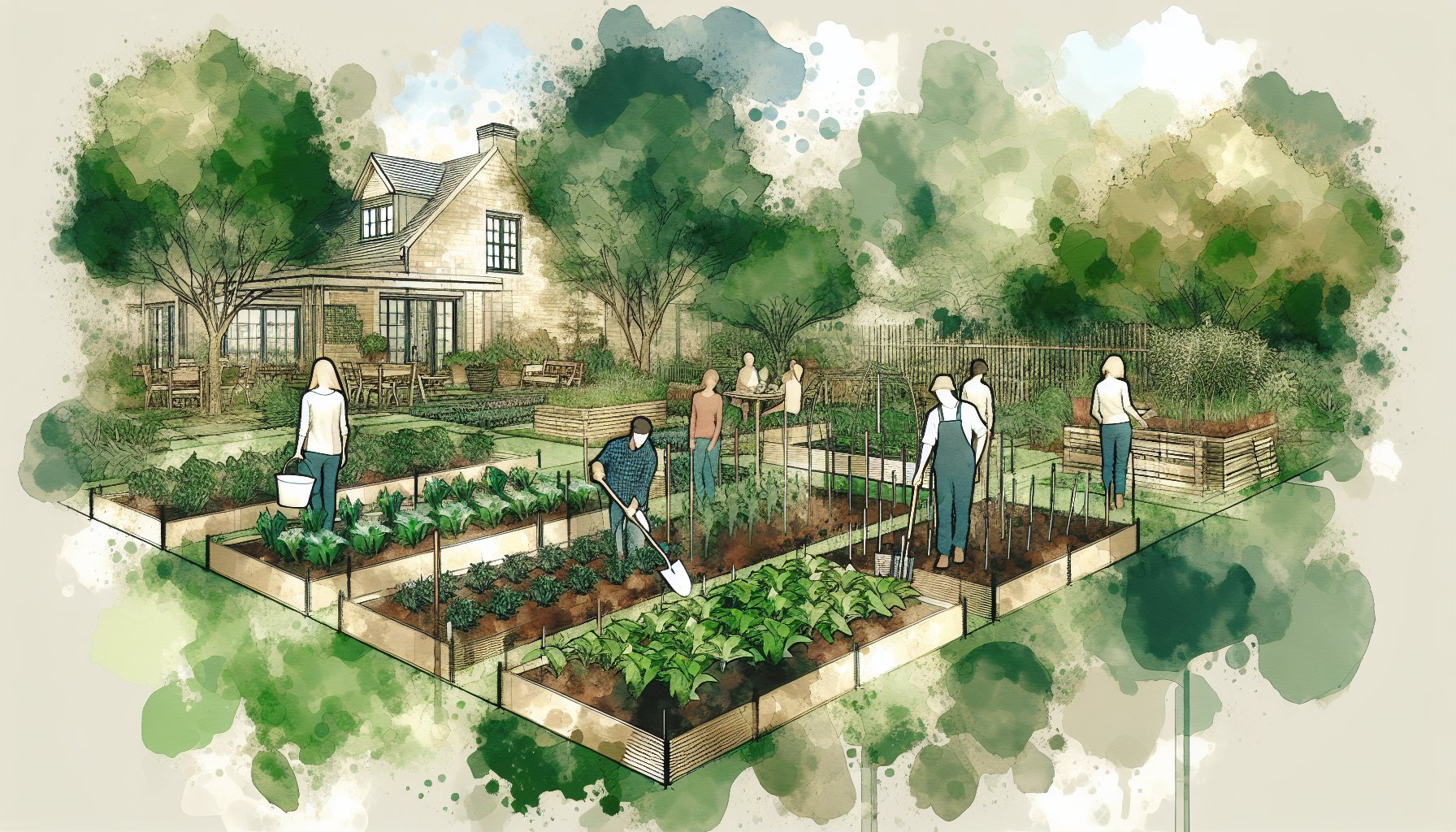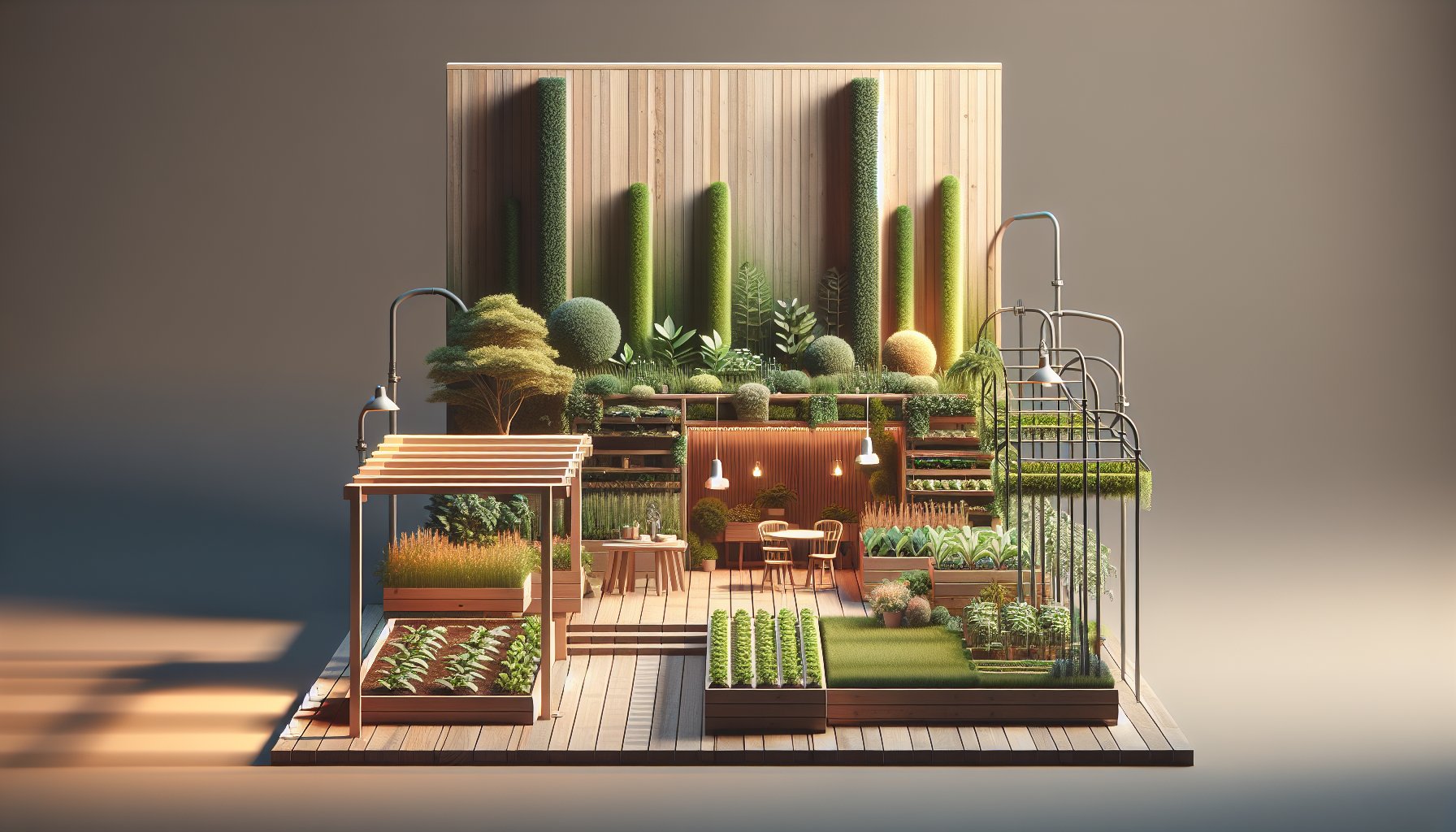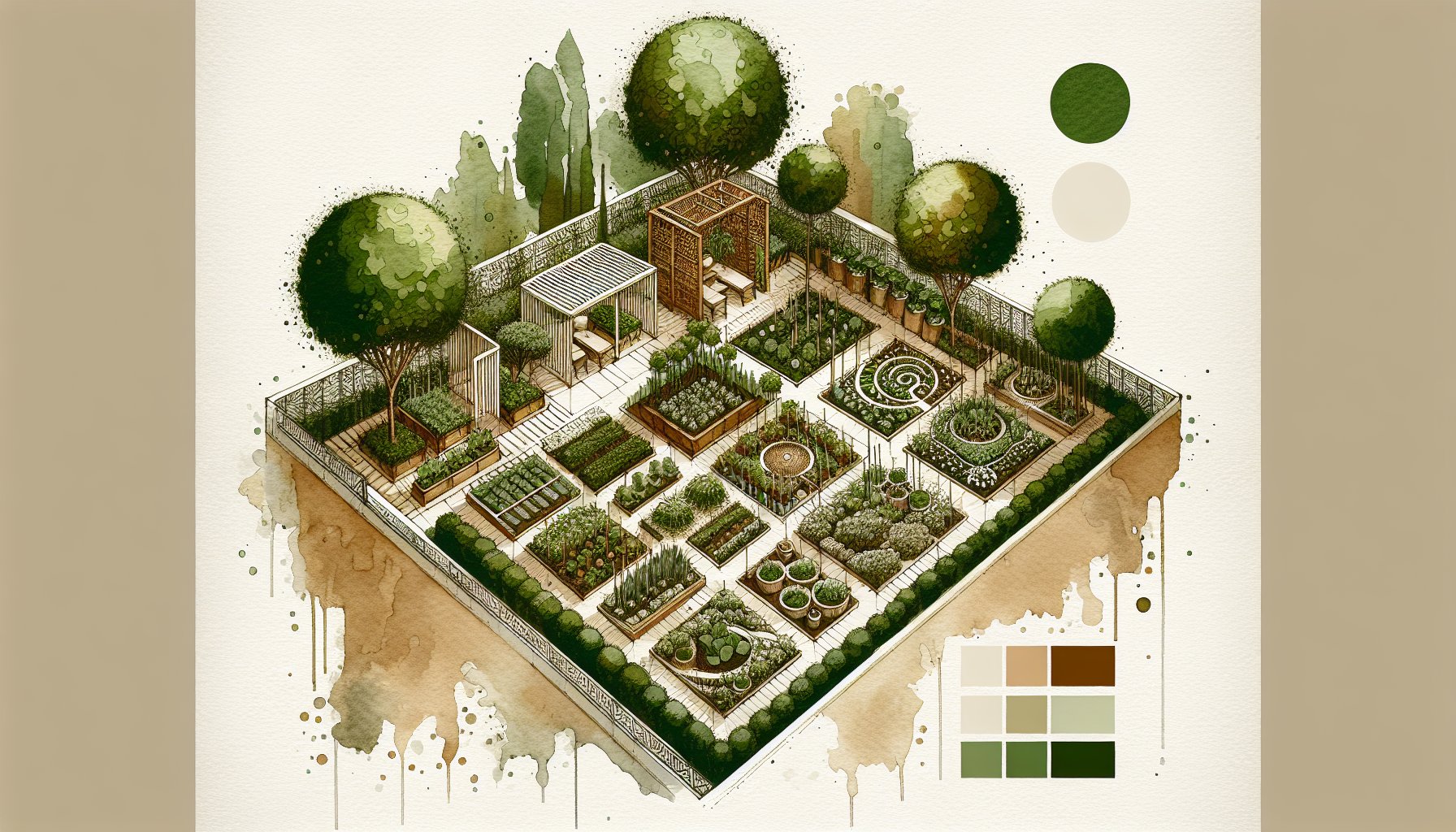Custom Planting Beds
Common Mistakes to Avoid When Creating Custom Planting Beds
Discover essential tips to sidestep common mistakes when creating custom planting beds. Learn about soil types, design planning, watering techniques, and plant compatibility to ensure your garden flourishes beautifully.
Sep 19, 2025
6 min read
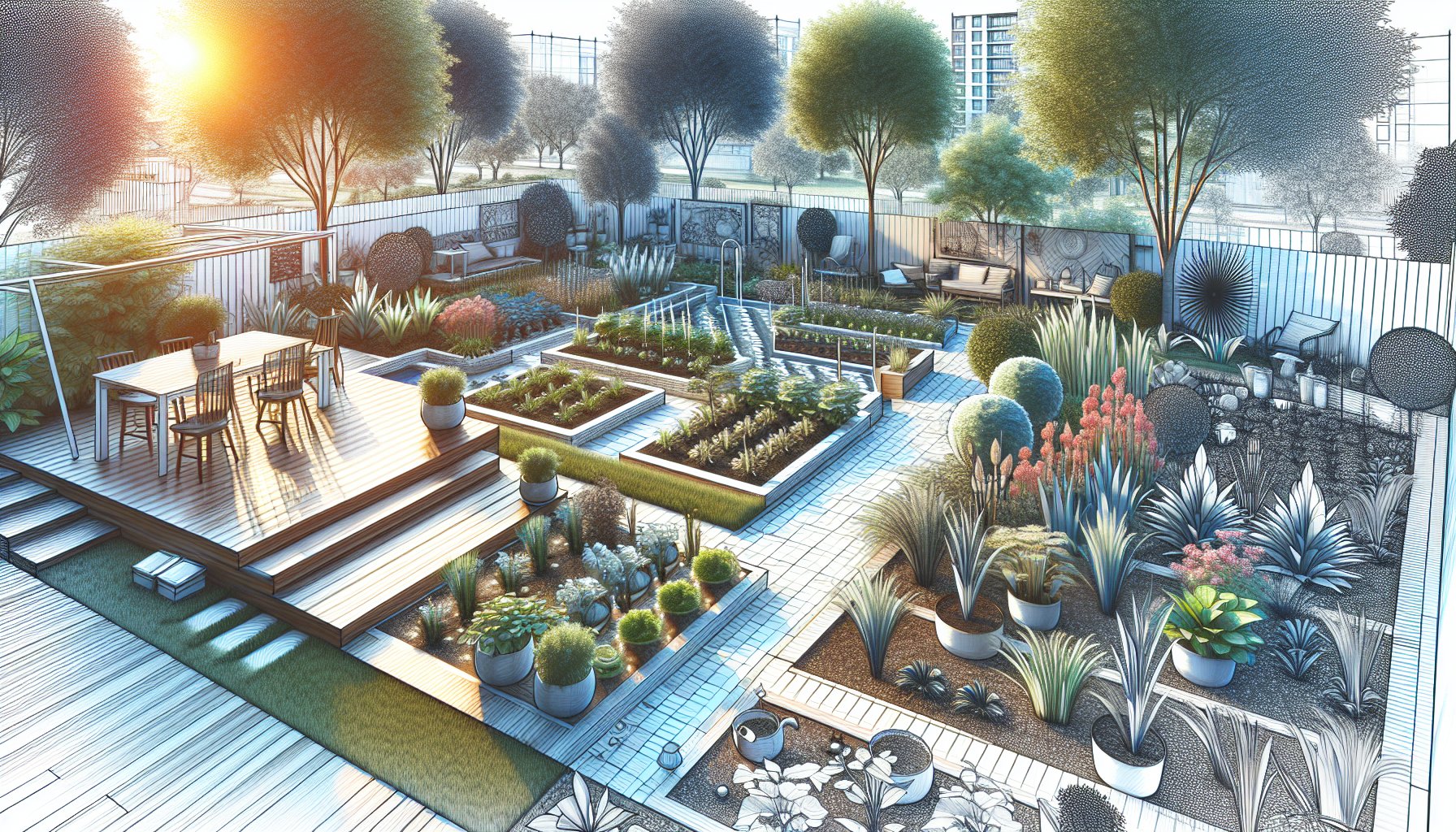
TL;DR Summary
Creating custom planting beds can be a rewarding journey, but it’s easy to fall into common pitfalls. From mismatched soil types and hasty designs to watering woes and incompatible plant choices, each misstep can lead to garden chaos. This article guides you through avoiding these mistakes, emphasizing the importance of understanding your soil, planning a cohesive design, mastering the water balance, and harmonizing plant compatibility. It also explores the financial and maintenance aspects of gardening, reminding you to plan for seasonal changes and stay mindful of aesthetic balance. With these insights, your garden can be a flourishing retreat rather than a tangled jungle.
Chapter 1: The Soil Saboteurs
Let's chat dirt. And by dirt, I mean soil, because it turns out, not all soil is created equal. It's easy to get swept away by glossy magazine photos of abundant tomatoes and lush basil, imagining them without considering the earth they'll grow in. Think of soil as the stage on which your garden performs; get it wrong, and you might as well be asking Shakespeare to play in a broom closet.
One sunny afternoon, I visited a garden in a suburban backyard, packed with heirloom tomato plants. The homeowner had secured a prime sunny spot but overlooked one critical detail: heavy clay soil. Spoiler alert, it wasn't exactly a blockbuster show. The compact soil suffocated roots, sparking a wilted-leaf horror story.
So, what's your soil story? Whether you’re dealing with Wisconsin's brick-like clay or sandy loams that drain faster than a fifth-grade battery-operated toy, knowing your soil type is step one. A simple soil test can avoid the sad tale of plant failure. Amend with organic matter, and soon your soil will be the Oscar-winning stage your plants deserve.
Chapter 2: Designing Disaster
Think of your garden as an epic road trip. Without a map, you'll end up more lost than a first-time tourist in Manhattan. The temptation to start planting willy-nilly can lead to a garden that mirrors a hot mess of unrealized dreams and cheek-scratching confusion.
Take my winter home-buying adventure. I found a yard that promised an edible Eden, only to discover an impenetrable jungle of raspberries, blackberries, and gooseberries. It was a "Garden of Thorns" sequel nobody wanted to see.
Crafting a garden without a blueprint is like trying to bake without a recipe, sure, you might end up with something edible, but it's probably not what you had in mind. Plan where your plants will go, consider their growth habits, and you’ll avoid a riotous comedy of errors in thorns.
Chapter 3: The Water Paradox
Welcome to the garden's Goldilocks dilemma, a.k.a. the water paradox. Too much water drowns the roots; too little leaves them gasping. This delicate dance defines many a gardener’s learning curve.
Picture an overenthusiastic gardener, it’s a daily soaking ritual, convinced her affection was quenching her plants’ thirst. It was more like a drowning scene from a melodrama. On the contrary, I once encountered a sun-baked veggie bed that made the Sahara look hydrated.
The key? Embrace observation and adaptability like they were your new best friends. Consider using a moisture meter, and mulch like your plants' lives depend on it, because they kind of do.
Chapter 4: The Misfit Plant Syndrome
You’re a matchmaking wizard, bringing together plants that harmonize and help, not sabotage, each other. Or are you? Misfit plant syndrome is real, folks, and it often manifests as overcrowded chaos where morning glories suffocate basil and radishes tower over poor lettuce.
The solution? Research plant needs. Picture a thriving community, not a Jerry Springer episode. Ensure your plants are compatible in terms of light, water, and space needs. Companion planting isn't just hocus-pocus; it's your garden's key to peace and prosperity.
Chapter 5: The Neglected Nurture
Here’s a plot twist: The garden of your dreams requires a touch more than a fantasy montage of happy afternoons and harvests. Maintenance is the unsung hero. Without it, your lush vision might rapidly morph into a weed-infested, tangled tale of neglect.
Imagine dreaming of fresh basil and strawberries but ending up with a vine-infested nightmare. An ounce of prevention, like regular weeding and pest control, can spare you a pound of gardening guilt. Plot out maintenance alongside your design, and voila, you’ll have a garden that’s vibrant, not vexing.
Chapter 6: The Color Conundrum
Your garden is a living canvas, not a colorblind clash of chaos. Aesthetic harmony transforms it from jarring to serene. Consider colors, shapes, and textures like you’re curating an art exhibition, not tossing ingredients in a salad.
A well-designed garden should draw you in, not leave you puzzled in a riot of hues. Use the color wheel, and consider your garden’s palette like you’re a horticultural Picasso. With a little forethought, your garden’s beauty will be a visual symphony.
Chapter 7: The Footprint Factor
Think of your garden as an architectural masterpiece. Its success depends on how it fits within its environment. Sunlight, soil, drainage, and even the whims of regional climate play critical roles.
If your chosen site is in perpetual shadow or your soil's as stubborn as a mule, you've got a script rewrite on your hands. Observe light patterns, test soil, and plan for your climate, it’s more art than science, but the payoff is monumental.
Chapter 8: The Thrill of the Fill
You're not just stuffing plants in the ground; you're curating a sustainable ecosystem. Skip strategic mulching, and soon your garden’s a battlefield of weeds and drying soil.
Learn from my sweat-soaked spring: without mulch, my greens were doomed. Mulch is your garden's best friend, sparing you from the weed wars and retaining precious moisture. It’s the unsung hero of lush, manageable gardens.
Chapter 9: The Budget Blunders
Eyes bigger than your budget? Been there. Done that. Avoid the financial roller-coaster by planning wisely and watching out for hidden costs in garden maintenance and infrastructure.
Impulse buying and ignoring the ongoing costs can blow your budget faster than a kid in a candy store. Start simple, be strategic, and your wallet will thank you.
Chapter 10: The Long Game
It’s not just a growing season, it’s a lifelong adventure. Planning for seasonal changes is the secret sauce in your garden’s longevity.
Don’t plant sun-lovers in the shadows or leave tender plants exposed to frostbite. Align your plants with the cycle of the seasons and watch your garden transform, shifting gracefully with nature's rhythm. This game is long, but the rewards? Evergreen.

Need Help?
Check out these related products that can help:

